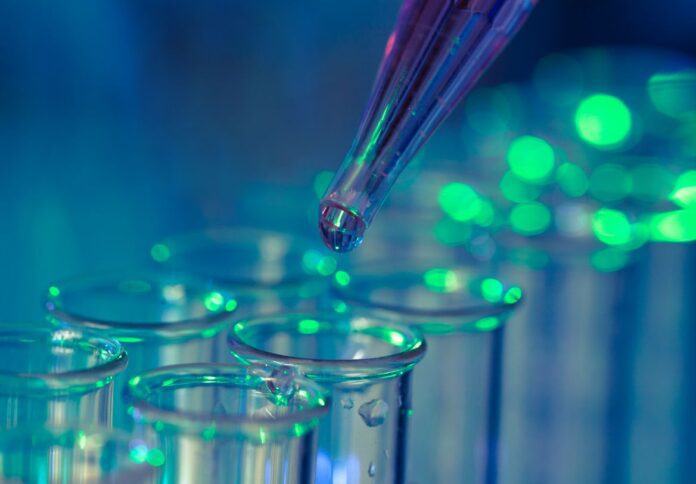
Chemical engineering researchers at Monash University have found that waste from winemaking could be a valuable source of ingredients for nutraceuticals, pharmaceuticals and food colouring.
Published in the international journal Cleaner Waste Systems, PhD student Xueqing (Rachel) Liu and Associate Professor Victoria Haritos from the Department of Chemical and Biological Engineering, revealed that compounds derived from red wine grape varieties have significant levels of bioactive natural compounds called polyphenols and anthocyanins.
Diets rich in polyphenols, found in a range of fruits, vegetables and cereals, have been associated with protecting against developing cancers, cardiovascular diseases, diabetes, osteoporosis, and neurodegenerative diseases in a number of epidemiological studies.
Anthocyanins, the pigments responsible for the colours red, purple and blue in many fruits and vegetables, are known for their antioxidant effects and the prevention of cardiovascular disease, cancer, and diabetes among other conditions.
According to Liu, bioactive polyphenols and anthocyanins could have a number of commercial applications as functional ingredients in dietary supplements and as natural food colourings.
Around 2 million tonnes of wine grapes are crushed annually in Australia, with about 20 per cent by weight remaining as waste, including the skins, seeds, and stalks after processing. The majority of this waste is currently returned to the land as compost or other low-value uses and the potential value of the bioactives it contains goes unrealised.
“Across the Australian wine industry this means there is a massive volume of waste from which these compounds could be recovered and used,” Associate Professor Haritos said.
“We see great opportunities and are keen to explore how this waste product can be processed commercially.”




















